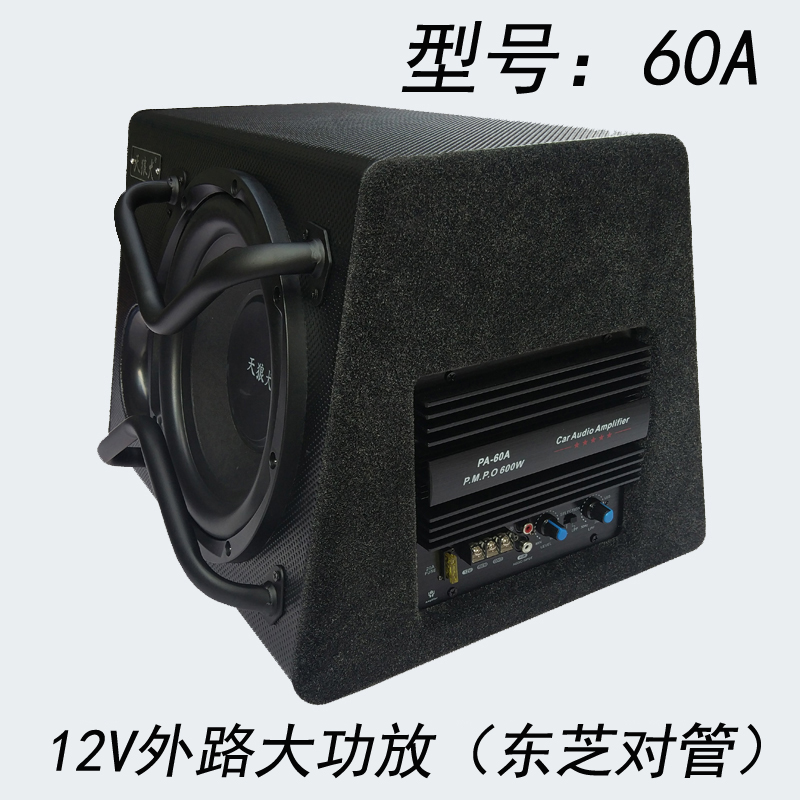
Mars is alive. (Geologically.)
NASA recently reported that its InSight lander — sent to observe geologic activity beneath the Martian surface — recorded one of its biggest quakes yet on Sept. 18. The 4.2 temblor, a quake that would have been big enough for people to feel had it happened on Earth, lasted an hour-and-a-half.
NASA said the event was "one of the biggest, longest-lasting marsquakes the mission has ever detected."
The agency also noted that the 4.2 quake was the third "major" quake InSight has observed in the last month. Both a 4.2 and 4.1 magnitude quake hit on Aug. 25.
Tweet may have been deleted
 The InSight lander's seismometer is covered by a protective dome.Credit: NASA / JPL-Caltech
The InSight lander's seismometer is covered by a protective dome.Credit: NASA / JPL-CaltechInSight landed on Mars in Nov. 2018, so planetary scientists are still observing how geologically active Mars truly is. The solar-powered lander has observed hundreds of quakes, suggesting there might be volcanically active places in the Martian underground, perhaps hot molten rock (magma) moving and flowing like it does on Earth.
Though NASA researchers are still studying the recent September quake, they've found the August marsquakes occurred far off, much farther than where the other quakes originated in the plains of Cerberus Fossae.
"One especially intriguing possibility is Valles Marineris, the epically long canyon system that scars the Martian equator," wrote NASA. That's some 6,000 miles from InSight.
SEE ALSO:If a scary asteroid will actually strike Earth, here's how you'll knowNASA engineers used a clever strategy to keep the seismometer on and recording quakes in recent months. Mars' orbit has taken it farther from the sun, and dust had covered InSight's solar panels. This meant there was insufficient sunlight to power the entire machine. So NASA directed InSight's robotic arm to "trickle" sand near a solar panel, thinking wind would sweep sand granules over the panel and remove dust.
The plan worked. And InSight recorded some major Martian quakes.



